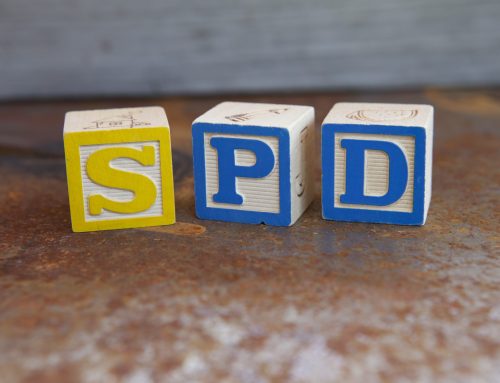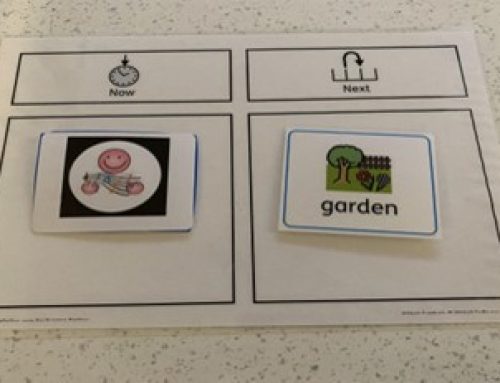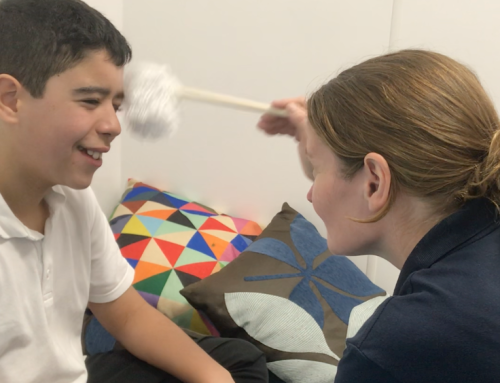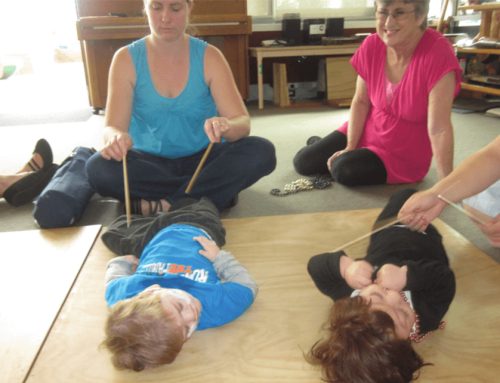Transition Time: How to Ensure your TACPAC Receiver has a Successful Handover
Is your Receiver moving on to another class? Another school? Leaving school? Then it’s TRANSITION TIME! What can you do to ensure your TACPAC partner has a successful handover? Here we share our top tips for a seamless transition.
Why is a good handover important?
As you know, a successful TACPAC relationship involves both partners investing time and energy in building up trust so the Receiver can really get the most out of using TACPAC. This hinges on the Giver using TACPAC to provide consistency for their Receiver, as they work together through each TACPAC Set.
When your TACPAC Receiver is changing TACPAC partners, perhaps because they’re moving to a new school or a new class, or to a new partnership with a different Giver, it is vital to provide a structured and specific handover to their new TACPAC partner.
That way none of your important work together will be lost. Crucially, a good handover will ensure that the TACPAC sessions can continue relatively unchanged in the Receiver’s new setting. Providing this familiarity and predictability at a time when other things in your former TACPAC partner’s life are changing will help them to feel reassured and safe.
How can you provide a successful handover?
In order to help the TACPAC Receiver continue their TACPAC journey with as few stumbles as possible, you need to send them on their way with a detailed set of handover notes.
These will include:
- key documents such as the TACPAC body-pattern record sheets
- details about exactly how your TACPAC sessions are run in terms of timetabling (when and where your sessions have taken place)
- the cues you use to start and finish TACPAC sessions.
The next Giver will need to know all about your TACPAC Receiver, too:
- what do they like and dislike?
- how do they communicate these preferences – what is their sensory vocabulary?
Help them by sharing your TACPAC journey to date:
- what Sets have you worked through?
- what would you plan to work on next?
Remember, the aim is to keep the Receiver’s TACPAC sessions as consistent as possible!
Ideally, your TACPAC Receiver’s new partner will already have been selected. If you are able to meet with them, either before the end of the school year or at the very beginning of the next one, that gives you the chance to talk through your handover notes and answer any questions their new partner might have.
If they are moving to a new school, raise the issue of a thorough, unhurried handover during transition meetings. You can also try to arrange a meeting with your Receiver and their proposed new Giver during a scheduled visit to their new school.
If possible, ask the new Giver to observe one of your TACPAC sessions before the end of term, so they can see what’s involved and have the chance to ask questions.
How can we help?
We know the importance of the stability and security that TACPAC provides, especially during times of upheaval and change. To help you deliver as seamless a transition as possible for your TACPAC partner, we have drawn up a brand new TACPAC handover sheet for you to fill out and pass on to the new Giver. You can download it here: Handover sheet Fill it out and send it to the new Giver – or, better yet, hand it over to them in person!
We also offer TACPAC Essential Training, either online or face-to-face, for individuals or even whole schools! Whether your successor needs a bit of a TACPAC refresher or is completely new to TACPAC, we can help them get to grips with everything from the importance of the basic beat to the subtleties of sensory vocabularies, and make sure they are fully prepared for their new TACPAC partner.
Share your story!
What do you think is important for a successful TACPAC handover? Do you have anything you would add to the suggestions in this post, or to the new TACPAC handover sheet? Let us know!
Email us to share your stories, photos and videos: info@tacpac.co.uk.
Join us for a training day!
Spread the word about our training events, or sign up to one yourself! https://tacpac.co.uk/tacpac-online-training/.
Find out more!
You can also read more about some of the tools we mentioned in the handover sheet (link), such as Do Not Disturb Signs and Visual Timetables on the TACPAC blog.




















